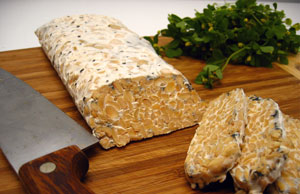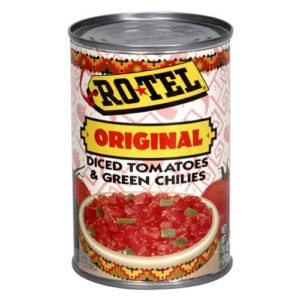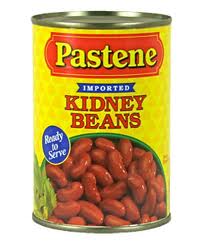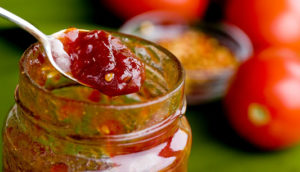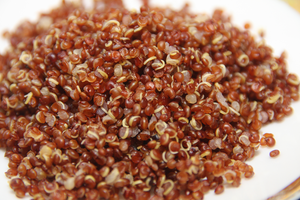Just when I thought there was nothing left in the world that could surprise me, along comes Tempeh.
What the heck?
Tempeh is another soy product in patty form. Yes, it is fermented. Temp’h is made with whole soybeans that undergo very little processing. It is high in protein, as most soy products and is therefore a great vegan protein source.
Why do we care?
We care because of the texture. Ahhhh, the texture is that of meat. I’m not going to pretend that I don’t love everything about meat, with the exception of what it does to my body. I miss the texture, the mouth feel, the chew of a steak, bbq, a simple hamburger. Is tempeh the answer? I sure hope so.
Where to get it
The author of at least one of the articles I read about tempeh feels that because of the complicated nature of the fermentation process necessary to make tempeh, they do not recommend making your own. This is one of those pre-packaged foods you’ll want to buy.
“You can find tempeh pre-packaged in the refrigerated section of most natural foods stores. Unlike tofu, it hasn’t made it to most mainstream groceries just yet, but try requesting it and see what happens. You might be pleasantly surprised to discover they’ll stock it, or order it for you. If you have to order in bulk, that’s okay because it can be frozen until ready to use.
Because soy bean crops are almost always grown with GMOs (Genetically Modified Organisms ), your soy products (and corn products, for that matter) should always, always, always be made with organic soy. And this is no exception. So be sure to check your labels to be sure it’s organic. Sometimes it says it on the cover of the package, and sometimes it says it in the actual ingredient list, so check both.”
How To Clean and Prep Tempeh
There are basically two types of tempeh which you can find, one is fresh (or fresh frozen) and one is vacuum-sealed and found in the refrigerated section of your store.
The vacuum-sealed tempehs are almost always pasteurized. This is not in all actuality “pre-cooking” but a way to kill bacteria and molds and other harmful organisims. The pasteurization ensures that all the bacteria is killed off (including, unfortunately, beneficial bacteria) so it can be packaged and sold in stores. These are ready-to-eat and usually do not have to be pre-cooked.
The fresh tempeh is more rare, but seems to be healthier because all the fantastic nutritional qualities are still intact. It’s definitely a food filled with live cultures and such. Fresh tempeh must be pre-cooked for at least 20 minutes before eating. Fresh tempeh can also be frozen in this fresh state.
(When I called my local Whole Foods store to ask if they have any fresh frozen non-pasteurized tempeh, they said it’s illegal for them to sell non-pasteurized tempeh.)
So in the end, the consumer really has to be vigilant. It the package says ready to eat, that means it’s likely been pasteurized and is good to go. If the package says to cook first, then it’s very important to do so.
No matter which tempeh you choose the soybeans are fermented so it’s much easier for our bodies to digest. And of course the tempeh is a nice source of protein. I might recommend that, as with all pre-packaged foods, one not rely on them on a daily basis but try to focus on eating whole foods as nature intended.
Now, having said all that I recommend you cook your tempeh before using it in your recipe. First of all, it helps to remove some of tempeh’s bitter flavor. Secondly, it helps to make the tempeh soft and moist which makes for scrumptious tempeh recipes. And if you would like to marinate your tempeh, cooking it first helps the tempeh to accept more of the marinade.
If you would like to steam it first, you can learn how to do that here: How To Steam Your Tempeh. I recommend steaming it for 20 minutes.
Recommendations
I haven’t yet tried tempeh, but I’m going to today. If this is the next coming of the faux meat, I’ll let you know, believe me – jughandle

